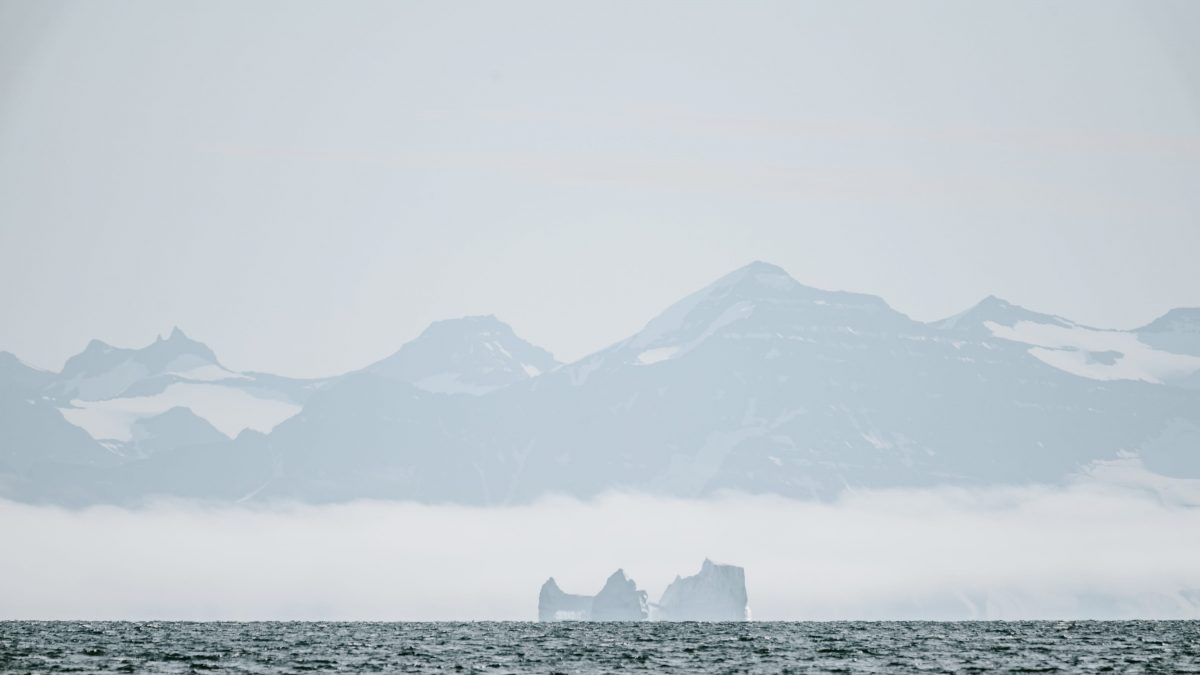From IISD's SDG Knowledge Hub
12 October 2018: The second meeting of the Arctic Biodiversity Congress considered six themes: climate change; ecosystem-based management; mainstreaming biodiversity; addressing individual stressors on biodiversity; identifying and safeguarding important areas for biodiversity; and improving knowledge and public awareness.
The Congress convened for the first time in 2014 to address the outcomes of the Arctic Biodiversity Assessment (ABA), a region-wide assessment of the status and trends in Arctic biodiversity. The Congress convened for the second time from 9-12 October 2018, in Rovaniemi, Finland. It was hosted and organized by the Conservation of Arctic Flora and Fauna (CAFF) working group of the Arctic Council and the Finish Ministry of the Environment.
Climate change is the most important threat to the Arctic region.
The Congress sought to advise CAFF on national and international implementation of the ABA policy recommendations and on any changes to future phases of the Actions for Biodiversity, to consider and report on how the Arctic has fared in relation to the Convention on Biological Diversity (CBD) Strategic Plan for Biodiversity 2011-2020, its Aichi Targets and the SDGs, among other objectives.
At the conclusion of the Congress, Neville Ash, UNEP-WCMC, underlined the need for political will and societal engagement in addressing the challenges facing the Arctic, including a “strong and coherent Arctic voice” to strengthen the profile of Arctic issues in global biodiversity governance. Ash also noted threats to the Arctic from overharvesting, invasive alien species, and pollution, with climate change being the most important threat to the region.
Closing the event, Aulikki Alanen, Ministry of Environment, Finland, called on participants to take the stories exchanged during the Congress on Arctic conservation to their families and communities. [IISD RS Meeting Coverage]
